Wild West Earnings Calculator
How Much Did You Earn in the Wild West?
Calculate estimated earnings for common Wild West occupations based on historical data. Enter your work conditions to see what you might have earned as a cowboy, miner, homesteader, or shopkeeper.
Enter your details above to see estimated earnings for your chosen occupation.
When people picture the Wild West they often imagine fast‑draw duels and dusty saloons, but the truth is most folks never saw a gunfight. Wild West life was a mix of hard work, fragile homes, and a community that clung together under a relentless sun.
Wild West is a period in American history roughly spanning the mid‑1800s to the early 1900s, characterized by rapid westward expansion, frontier settlements, and the clash of cultures on the Great Plains and Rocky Mountains. Understanding the everyday reality of this era means looking beyond the myths and into the daily grind of miners, cowboys, women, and Native peoples.
Work and the Frontier Economy
Money in the West rarely came from gold coins lying on a table. Most people earned a living by providing a vital service to a growing, often temporary, population.
cowboy refers to a cattle‑herding worker who rode the open range, tended livestock, and moved herds to railheads for shipment. Their days began before sunrise, fasting on beans and jerky, and ended after dark while they patched fences or broke camp. A typical roundup could last weeks, and pay varied wildly-sometimes as little as a few dollars a month, other times a share of a valuable herd.
miner describes a laborer who extracted gold, silver, or coal from remote shafts, often using hand‑powered drills and a lot of sweat. Mining towns like Virginia City or Leadville exploded overnight, bringing a constant influx of hopeful prospectors. Shift lengths were grueling-12 to 14 hours in dim, dusty tunnels, with wages measured in ounces of ore rather than cash.
Farmers and homesteaders also played a critical role. The 1862 Homestead Act promised 160 acres to anyone who could improve the land, so families built sod houses, planted wheat, and raised cattle. Their work was seasonal but essential for feeding nearby towns and supplying meat to railheads.
| Group | Typical Job | Daily Hours | Typical Income |
|---|---|---|---|
| Cowboy | Cattle herding | 10‑12 | $30‑$100 per month (share‑crop) |
| Miner | Ore extraction | 12‑14 | $0.50‑$2 per ounce |
| Homesteader | Farming & livestock | 8‑10 | Self‑sustaining; market surplus $20‑$50 |
| Shopkeeper | General store | 10‑12 | Profit $100‑$300 per year |
Homes, Food, and Everyday Comforts
Housing ranged from rough sod or log cabins to quickly built boardwalk shanties. Most structures were single‑room, with a wood‑stove in the center for cooking and heat. Windows were small to keep out drafts and were often covered with oiled paper instead of glass.
Meals depended on what the land could provide. Breakfast might be cornbread and coffee brewed over a fire. Lunch was often a simple sandwich of dried meat, while dinner could include beans, stew, or whatever was caught that day-rabbit, trout, or a small piece of beef.
Preservation techniques were rudimentary. Salting and smoking were common for meat, while root vegetables were stored in underground pits. Winters tested these stores, and families that failed to plan faced famine.
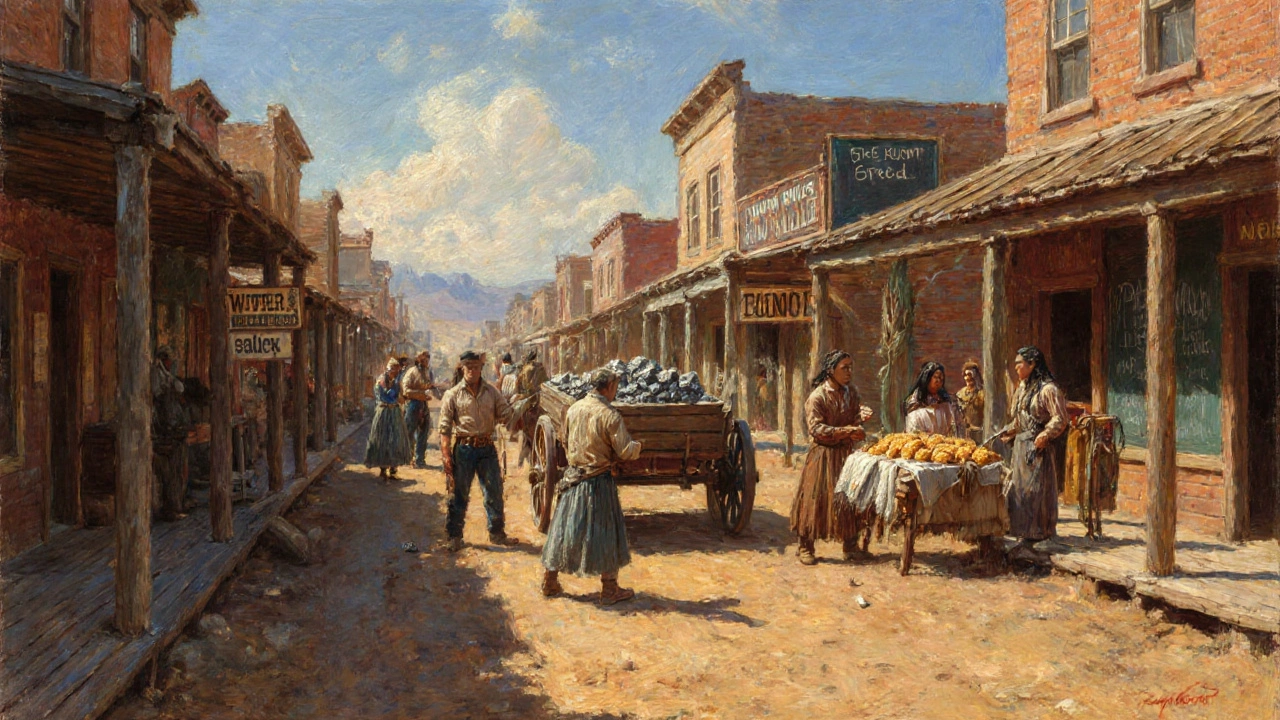
Health, Medicine, and Rough Realities
Medical care was sparse. A sheriff was a law‑enforcement officer who also often acted as a de facto medic during emergencies, applying basic first aid or calling on traveling doctors. The nearest doctor could be days away, so injuries from gunshots, horse kicks, or mining accidents often led to infection and death.
Common ailments included dysentery, cholera, and respiratory issues from coal smoke. Herbal remedies, tinctures, and even snake‑oil salesmen filled the gaps, but their efficacy varied. Life expectancy in many frontier towns hovered around the mid‑30s, largely due to the harsh environment.
Social Life, Entertainment, and Community
When the sun set, the town’s pulse shifted to the local saloon, a combination bar, gambling hall, and performance venue. Music from a hammered dulcimer or a piano accompanied poker games, dance lessons, and occasional minstrel shows. For many, the saloon was the only place to hear news from the East, exchange gossip, or simply unwind.
Church services, schoolrooms, and community picnics provided alternative gathering spots. A Sunday school often doubled as a literacy class, teaching reading and writing to adults who’d never attended school before heading west.
Law, Order, and the Reality of Violence
Violence existed, but its frequency is often overstated. Most disputes were settled over a drink or a wager, not a gun duel. When violence did erupt-whether from outlaw raids, range wars, or territorial conflicts-the railroad companies sometimes dispatched private security, while local sheriffs organized posses.
Because formal courts were far away, many towns created “jury of peers” systems to resolve minor crimes. Capital punishment was rare; more often, outlaws received a stiff fine or were expelled from town.
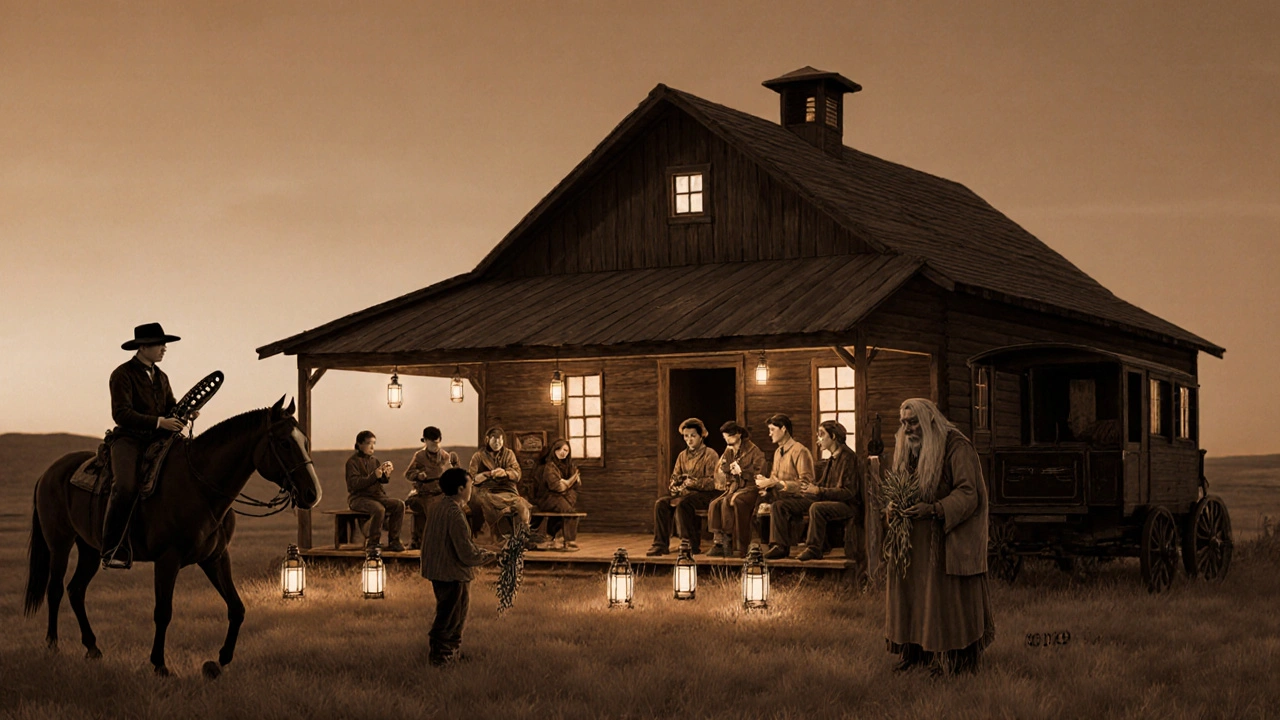
Women, Families, and the Unsung Contributors
Women were the backbone of frontier households. A woman of the West managed the kitchen, tended gardens, cared for children, and often ran the family business-whether a boarding house, a livery stable, or a seamstress shop. Their labor kept settlements functional and enabled men to pursue risky jobs.
Some women, like the famed Calamity Jane, broke traditional roles, working as scouts, sharpshooters, or entertainers. Yet the majority faced isolation, limited medical care, and legal constraints that barred them from owning land without a husband.
Native American Relations and Cultural Exchange
Native tribes were not passive background; they actively shaped frontier life. Trade between settlers and tribes provided blankets, furs, and food, while also introducing diseases that devastated indigenous populations.
Conflicts arose over land encroachment, especially after the Native American tribe was forced onto reservations by government treaties. Yet many frontier towns also saw intermarriage and cultural blending-tribal women teaching herbal medicine, and settlers adopting horseback riding techniques.
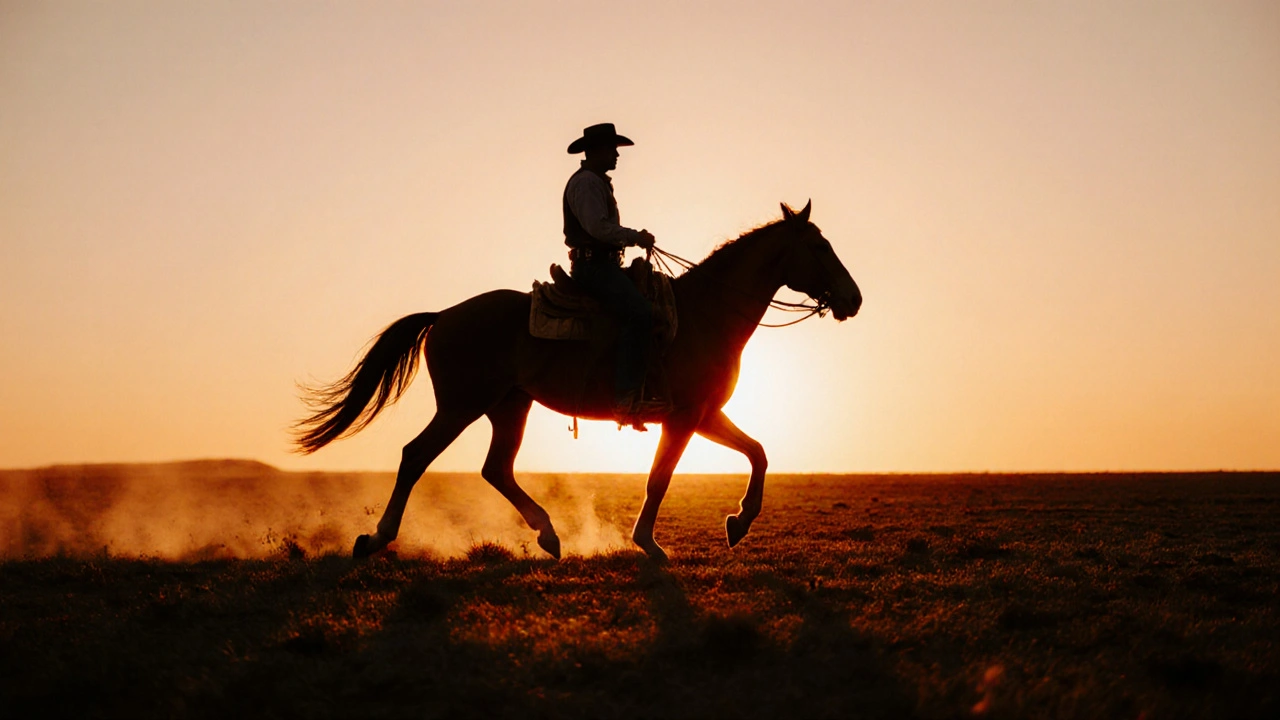
Myths vs. Reality: What Movies Get Wrong
Hollywood loves the quick‑draw showdown, but historical records show only a handful of recorded duels. Most gunslingers were ordinary men who preferred a steady paycheck over a reputation for killing.
The “lawless” image also ignores the complex legal structures that emerged: town charters, county courts, and even early forms of organized policing. Violence existed, but daily life was more about building, farming, and surviving than battling at high noon.
Quick Checklist: What You’d Need to Survive a Year in the Wild West
- Sturdy boots and a wide‑brim hat for sun protection.
- Leather or canvas clothing, with a warm coat for winter.
- Basic tools: axe, shovel, hammer, and a durable knife.
- Portable cooking gear: kettle, skillet, and a reliable fire‑starter.
- Medicinal basics: quinine, laudanum, and a set of bandages.
- Seeds for a small garden and a reliable water source.
- Knowledge of local wildlife-both for hunting and avoiding dangerous encounters.
Frequently Asked Questions
Did most towns in the Wild West have a jail?
Only larger settlements built dedicated lockups; smaller towns used a single room or even a sturdy shed to hold offenders until a posse could be organized.
What was a typical diet for a frontier family?
Meals were simple: beans, cornmeal, dried meat, and seasonal vegetables. Fresh produce came from personal gardens, while occasional game or fresh fish added variety.
How did children get an education out West?
Many towns set up one‑room schoolhouses where a single teacher taught all ages. In remote areas, parents often taught basic reading and arithmetic at home.
Were there any famous female entrepreneurs in the West?
Yes-women like Nellie Cashman ran successful mining operations and hotels, while others managed boarding houses that became community hubs.
What role did the railroad play in daily life?
Railroads linked remote towns to national markets, delivered mail, and brought in goods that otherwise would have been unavailable, dramatically changing settlement patterns.
How did law enforcement handle gunfights when they did happen?
Sheriffs often tried to mediate before weapons were drawn. If a gunfight erupted, they would form posses, pursue the shooters, and bring them to the nearest court for trial.

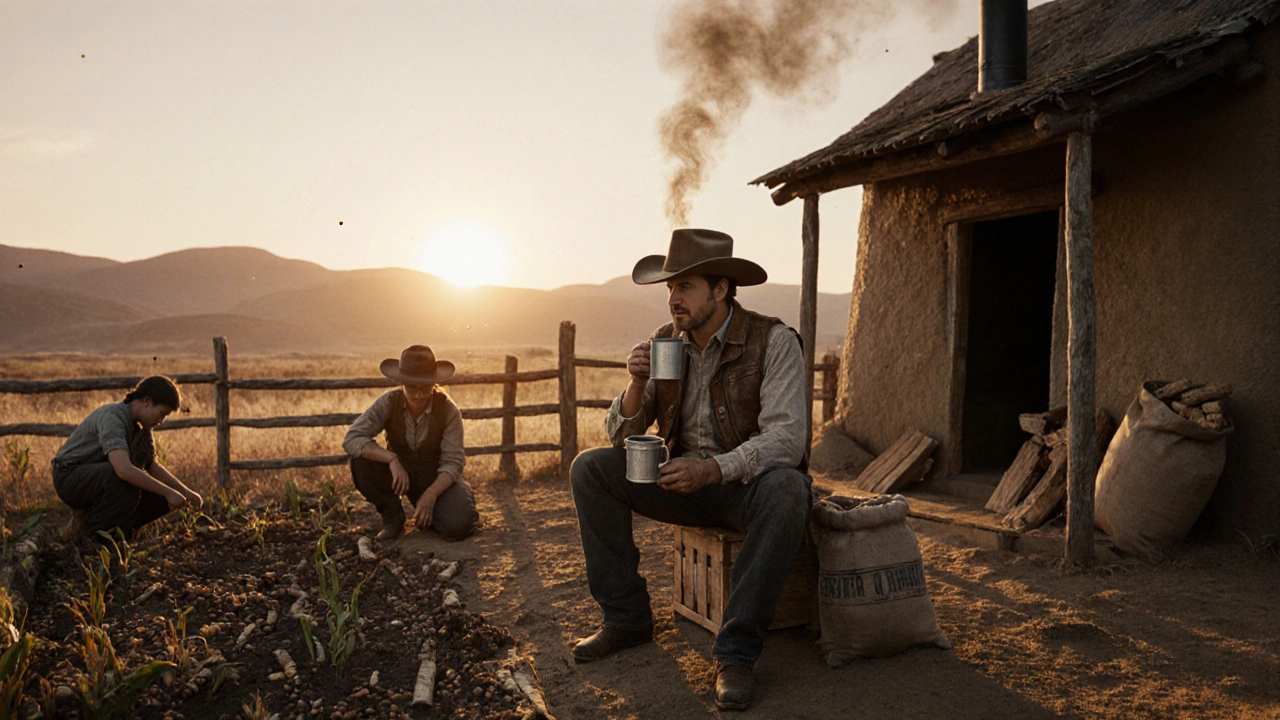
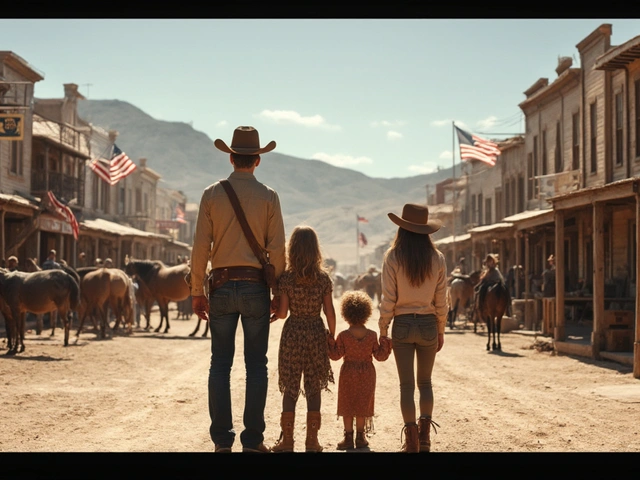
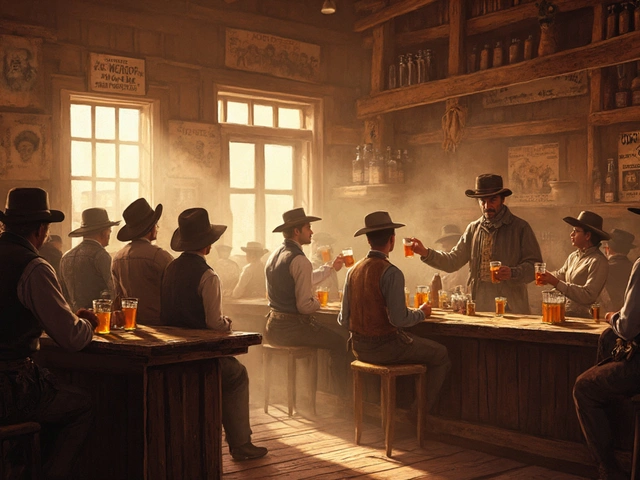
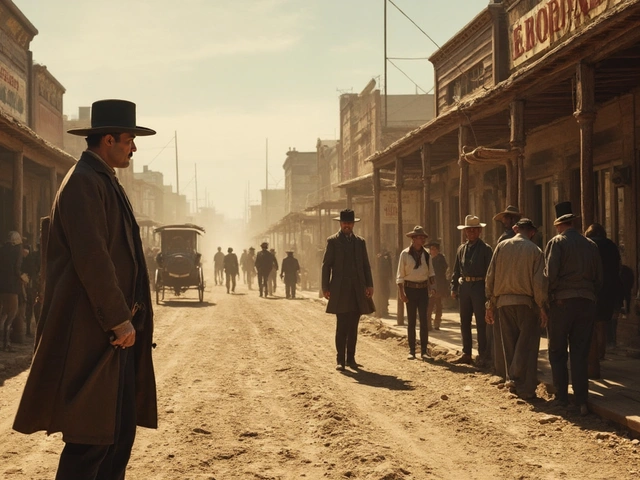
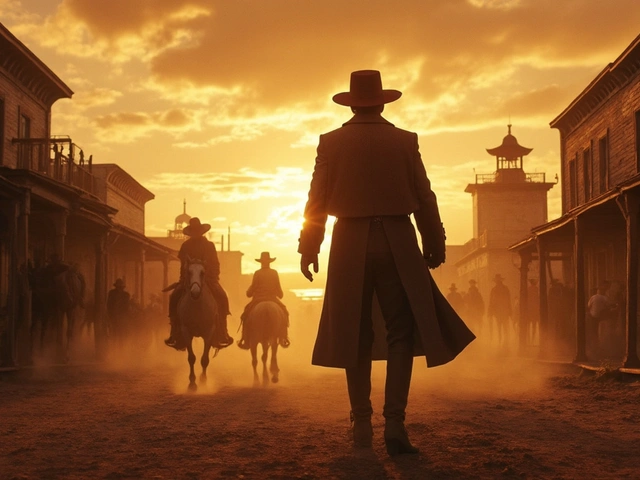
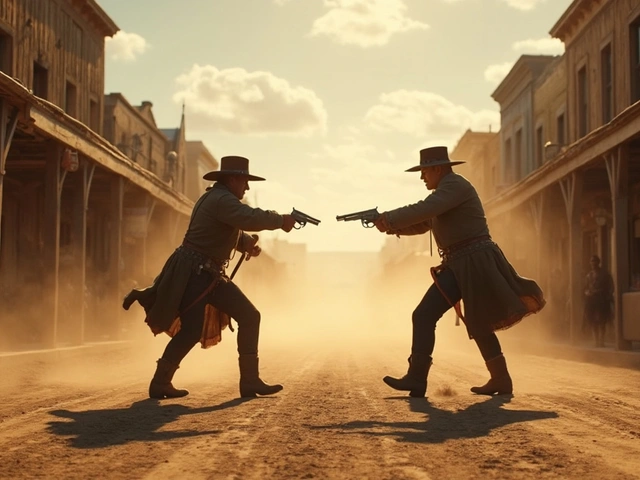
Jason Townsend
October 6, 2025 AT 13:36